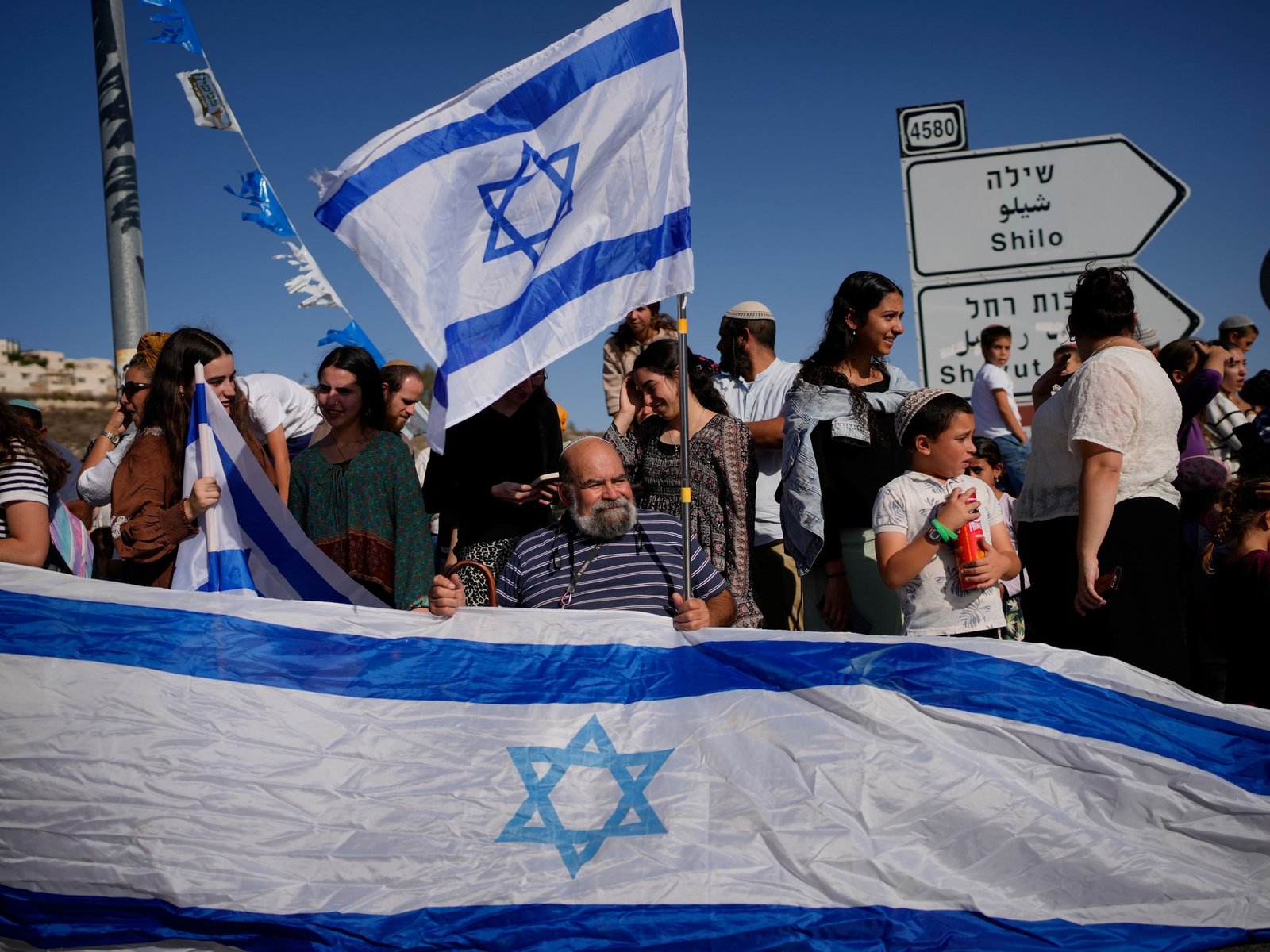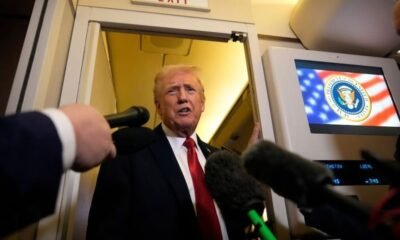INTERNACIONAL
Pope Francis’ funeral will be simplified version of past papal funerals, per his change of papal funeral rites
The funeral for Pope Francis will include many long-held traditions, but will also eschew some of the more intricate customs after the pope amended the Catholic Church’s papal funeral rights.
Francis died Monday at age 88, the Vatican announced.
While much of the tradition associated with papal funerals – which dates all the way back to ancient Rome – will continue, matters such as Francis’ coffin structure, his death verification process, burial location, and how he will be viewed and referred to during the ceremony, will be different from how it has been in the past.
Francis, who had battled pneumonia for weeks before being released from the hospital and appearing on Easter Sunday, had faced health complications for many years and had to have half of one of his lungs removed as a young person.
POPE FRANCIS’ MEDICAL CONDITION: WHAT TO KNOW ABOUT BILATERAL PNEUMONIA
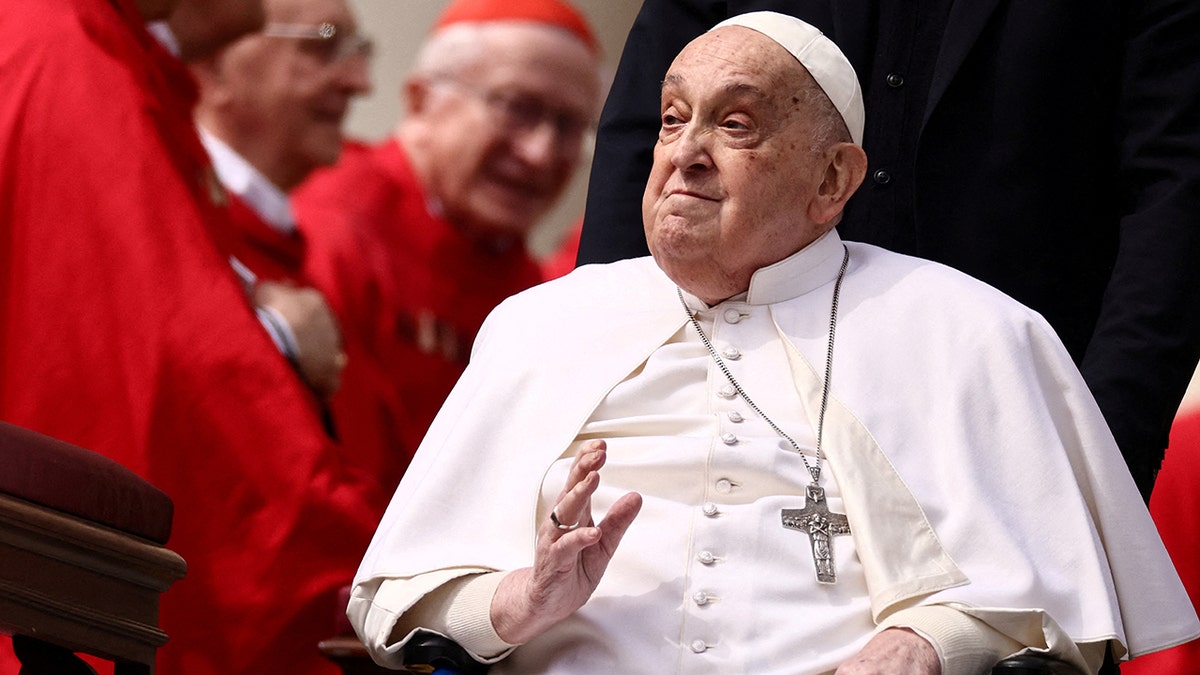
Pope Francis greets cardinals as he unexpectedly appears during the Palm Sunday Mass in Saint Peter’s Square at the Vatican, April 13, 2025. (Yara Nardi/Reuters)
Francis’ move to change these papal funeral traditions, some of which date all the way back to ancient Rome, stemmed from a desire to emphasize that the pope is «that of a shepherd and disciple of Christ and not of a powerful man of this world,» according to Archbishop Diego Ravelli, the head of papal liturgical ceremonies who reportedly worked with Francis to help make the revisions. The rewrite was also preceded by the unusual circumstances of Pope Benedict XVI’s funeral, which deviated from traditional papal funerals on account of the fact he was a retired pope rather than a reigning one.
The new funeral rites were formally approved by Francis in 2023 and were later published in the church’s liturgical guidelines in early 2024. Around the same time he was working on these revisions, the pope revealed during an interview with a Spanish-language broadcaster that he would not be buried in the grottoes of the Vatican like his predecessors, but rather at Santa Maria Maggiore basilica in Rome. The new papal rights make it permissible for future popes to be buried outside the Vatican as well.
POPE FRANCIS DEAD AT 88, VATICAN SAYS
In addition to the different burial location, the new papal funeral rites have amended the way the pope will be viewed by the public following his death. In the past, the pope’s body would be displayed on an elevated frame known as a bier. But, under the new funeral structure, the pope will be laid directly into an open coffin, eliminating the use of the bier. Pope Francis also eliminated the practice of being buried in three coffins made of cypress, lead and oak.
The location of where Francis would be declared deceased changed too. It went from taking place in the papal bedroom to now inside the papal chapel located at the Vatican. The new rules also require that Pope Francis’ remains be immediately put into a simplistic wooden-lined coffin after he is determined to have passed.
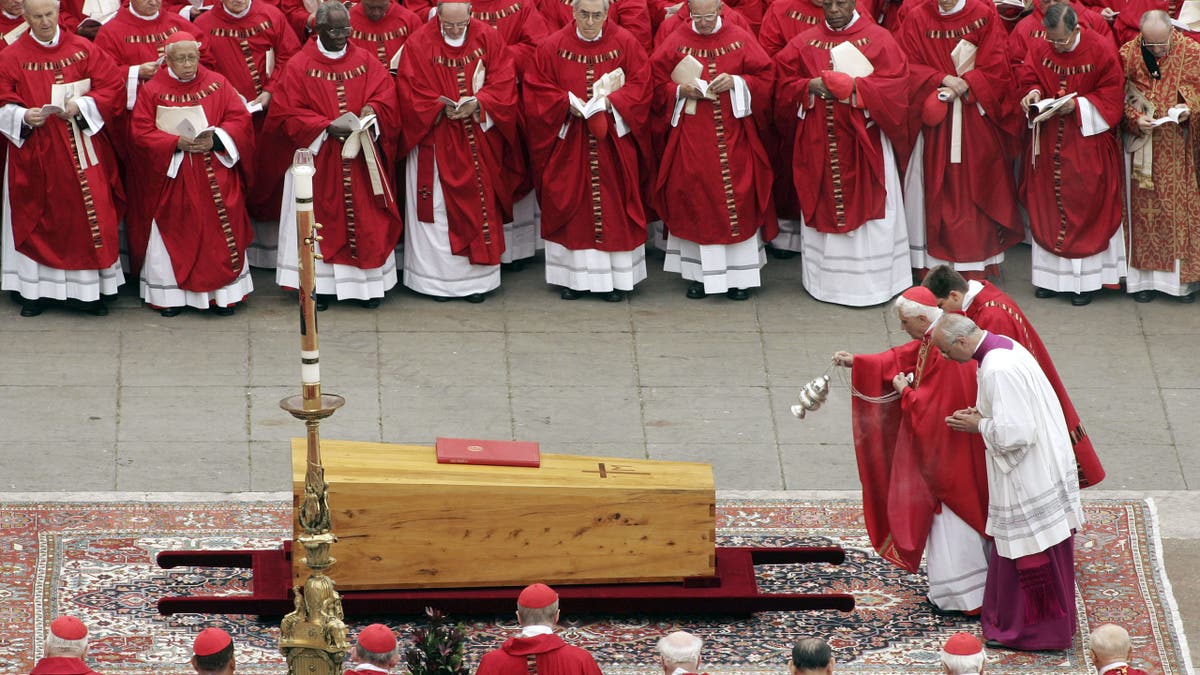
Incense is cast over the coffin of Pope John Paul II by German Cardinal Joseph Ratzinger during the funeral mass in St. Peter’s Square on April 8, 2005 in Vatican City. Cardinals under the age of 80 will start the conclave on April 18 where a new Pope will be elected. (Photo by Peter Macdiarmid/Getty Images)
Confirming the death of the Pope is the job of the camerlengo, a senior clergy member who manages the Vatican during transition periods between Popes. That position is currently occupied by Irish-born Cardinal Kevin Farrell, who said Monday, «With immense gratitude for his example as a true disciple of the Lord Jesus, we commend the soul of Pope Francis to the infinite merciful love of the One and Triune God.»
POPE BENEDICT’S VISION OF CATHOLICISM, VATICAN II, AND THE FUTURE OF THE CHURCH ENDURE THROUGH HIS TEACHINGS
Another notable change includes how the pope will be referenced during the ceremony following his death. Rather than being referenced by past titles he has obtained as a clergy leader in the Catholic Church, officials will mostly use Latin terms for «pope,» «bishop,» or «pastor.»
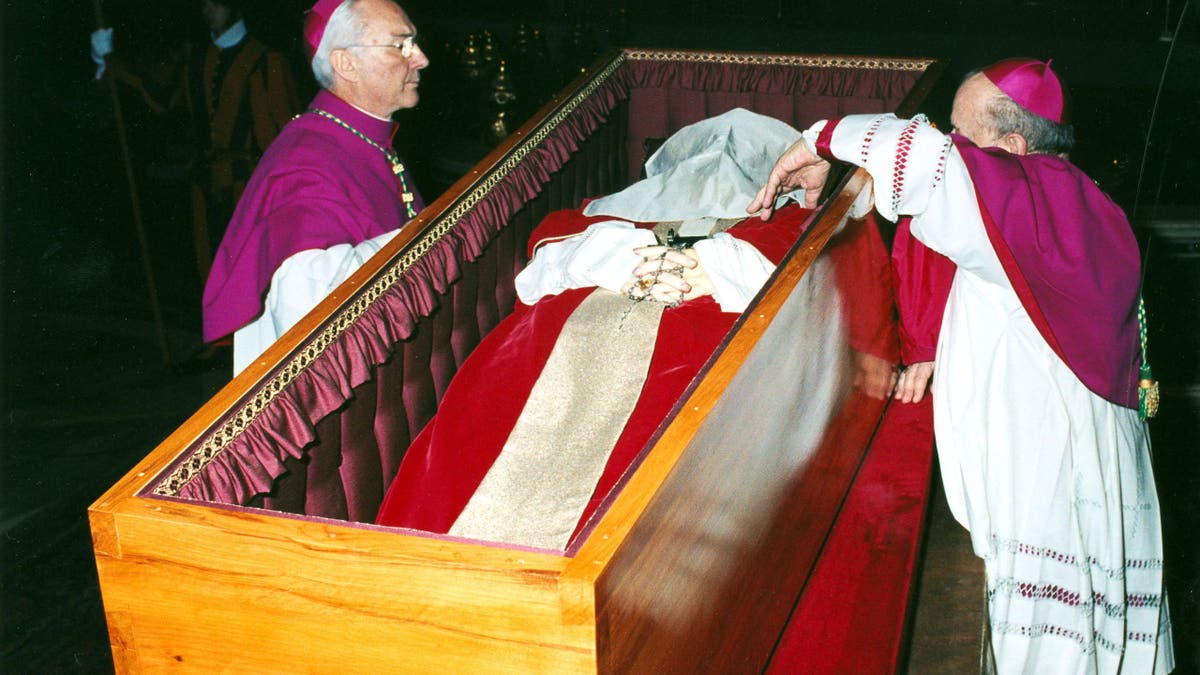
Archbishop Stanislaw Dsiwisz (Right) places a white veil over the face of late Pope John Paul II as Archbishop Piero Marini looks on, prior to closing the coffin for burial in the grottos beneath St. Peter’s Basilica April 8, 2005 at the Vatican. The grottoes form a cramped underground cemetery beneath St. Peter’s Basilica where pontiffs throughout the ages, royals and even an emperor have been laid to rest. (Photo by Osservatore Romano-Pool/Getty Images)
Archbishop Ravelli said during a 2024 presentation of the revised papal funeral rights that a new edition was reflective of Francis’ view, stated on several occasions Ravelli said, «of the need to simplify and adapt certain rites so that the celebration of the funeral of the Bishop of Rome may better express the faith of the Church in the Risen Christ.»
CLICK HERE TO GET THE FOX NEWS APP
Before the new edition of the papal rites was formally passed, the church followed the guidelines in the «Ordo Exsequiarum Romani Pontificis» approved in 1998 by Saint John Paul II and published two years later, according to The National Catholic Register.
Those guidelines were used for Pope John Paul II’s 2005 funeral, but was modified to meet the unusual circumstances of Pope Benedict XVI’s passing.
INTERNACIONAL
Brasil subastó cinco nuevos bloques petroleros en el Atlántico, a pocos días de la cumbre climática COP30
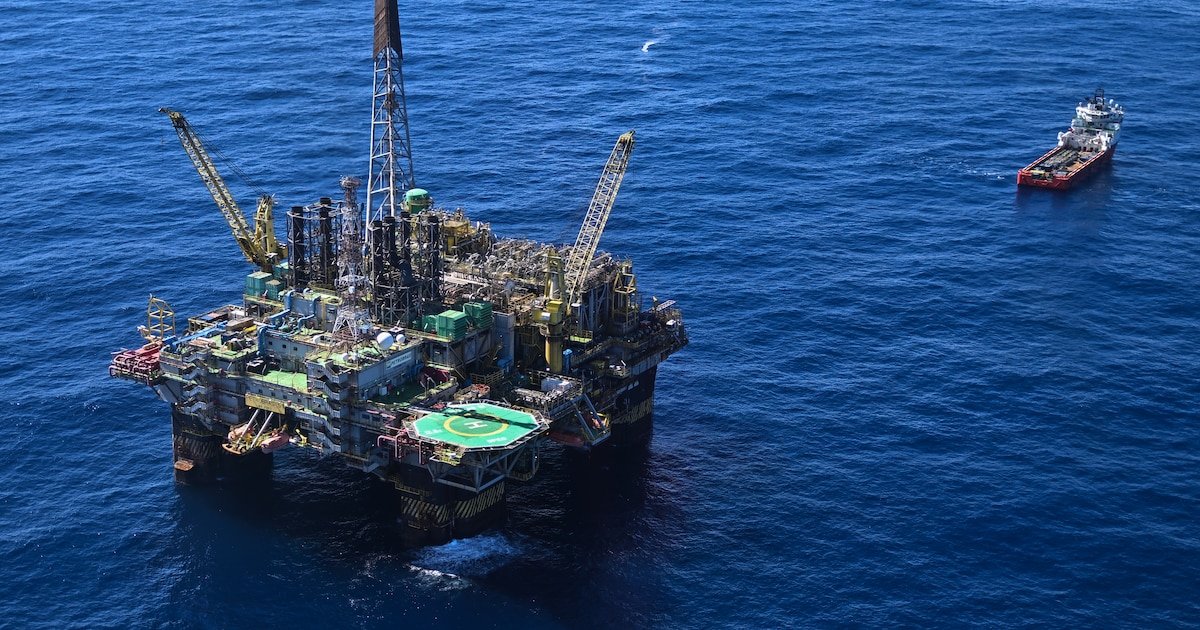
El gobierno de Brasil otorgó este miércoles los derechos de exploración de cinco bloques petroleros situados en aguas profundas del Atlántico, apenas dos días después de que la estatal Petrobras obtuviera licencia ambiental para iniciar perforaciones exploratorias marítimas cerca de la desembocadura del río Amazonas. La decisión reafirma el compromiso brasileño con la producción petrolera, una postura que genera controversia a menos de un mes de la conferencia climática COP30 de la ONU en la ciudad amazónica de Belém.
Las subastas, organizadas por la Agencia Nacional del Petróleo (ANP), se llevaron a cabo en Río de Janeiro y sumaron un total de 103,7 millones de reales (alrededor de 19,2 millones de dólares). De los siete bloques ofertados, cinco fueron adjudicados a grandes consorcios internacionales y nacionales, entre ellos la multinacional noruega Equinor y la china Cnooc. Estas áreas se localizan en el denominado presal, una reserva petrolera ubicada bajo una gruesa capa de sal en aguas ultraprofundas, donde se estima la existencia de yacimientos de alto potencial económico.
De las siete zonas ofrecidas en la subasta, las áreas de Jaspe, Citrino e Itaimbezinho fueron obtenidas respectivamente por un consorcio integrado por Petrobras (60%) y Equinor (40%), por Petrobras de forma individual, y por Equinor también de manera individual. Todas ellas se encuentran en la cuenca de Campos, frente al litoral del estado de Río de Janeiro.
En la cuenca de Santos, frente a las costas de San Pablo, la australiana Karoon se adjudicó el bloque de Esmeralda, mientras que un consorcio liderado por CNOOC (70%) y Sinopec (30%) obtuvo el área de Amatista. El resto de los bloques ofertados no atrajo el interés de las 15 empresas habilitadas para participar.
A diferencia de anteriores licitaciones, en esta ocasión no se otorgaron concesiones plenas, sino que las empresas ganadoras operarán en asociación con el Estado brasileño, que mantiene la propiedad de los derechos de exploración y producción. Para resultar seleccionadas, las compañías debieron ofrecer el mayor porcentaje de participación estatal en el excedente de producción de petróleo y gas.

La subasta formaba parte de una oferta inicial de 13 áreas, aunque las compañías solo mostraron interés por siete. De acuerdo con Artur Watt, director general de la ANP, “el mantenimiento de las actividades de exploración y producción es completamente compatible con la transición energética”. Watt defendió que este proceso debe acelerarse ajustando la demanda, sin restringir voluntariamente el suministro nacional, dado que “sería rápidamente cubierto por otros países en detrimento de los intereses nacionales”.
El lunes, Petrobras recibió la licencia ambiental del Instituto Brasileño del Medio Ambiente y de los Recursos Naturales Renovables (Ibama) para perforar un pozo exploratorio en el bloque FZA-M-059, situado a 175 kilómetros de la costa del estado de Amapá, próximo a la frontera con Surinam. La estatal inició los trabajos el mismo día de la autorización, según informó en un comunicado. Este pozo no producirá petróleo durante la fase exploratoria y las tareas podrían extenderse hasta cinco meses.
El ministro de Energía, Alexandre Silveira, celebró la decisión y subrayó en sus redes sociales que “el Margen Ecuatorial representa el futuro de nuestra soberanía energética. Brasil no puede renunciar a conocer su potencial”. Silveira insistió en que la perforación se realizará bajo “los más altos estándares internacionales” y con “responsabilidad ambiental”.
No obstante, la explotación petrolera en la región ha suscitado críticas de organizaciones ambientalistas y comunidades indígenas, dadas la vulnerabilidad y “extrema sensibilidad” del ecosistema amazónico. La polémica aumenta en vísperas de la COP30, donde uno de los ejes clave de debate será la reducción gradual del uso de combustibles fósiles.
La Margen Ecuatorial, que se extiende desde la frontera con Surinam hasta el noreste del país, es señalada por analistas geológicos y la industria como una de las zonas más prometedoras de Brasil por sus similitudes con los descubrimientos de hidrocarburos realizados en Guyana. Durante la última década, la región ha sido objeto de exploración por parte de importantes compañías internacionales, como Chevron, ExxonMobil, Petrobras y la Corporación Nacional de Petróleo de China.
El gobierno de Lula da Silva argumenta que el crecimiento del sector es clave para financiar la transición energética y el desarrollo económico. En junio, el Ejecutivo subastó otros 19 bloques en alta mar, algunos en cercanías del Amazonas, reafirmando su determinación de expandir la actividad petrolera en el país pese a las restricciones impuestas por las demandas ambientales.
La exploración en aguas profundas bajo la capa de sal, así como en la denominada Margen Ecuatorial, plantea desafíos técnicos y ambientales, en especial por las fuertes corrientes oceánicas y la proximidad a zonas de alta biodiversidad. Petrobras señaló que el pozo exploratorio en el bloque FZA-M-059 forma parte de su estrategia para incrementar reservas y conocer el potencial petrolero brasileño, aunque aún no está previsto su desarrollo comercial inmediato.
(Con información de AFP, AP y EFE)
cuenca de campos,empresas,empresas petroleras brasileñas,exterior,petrobras,petrolíferas,plantas,plataforma p-51,plataformas de petróleo,semi-públicas
INTERNACIONAL
Trump to host roundtable on efforts to thwart cartels, human trafficking operations
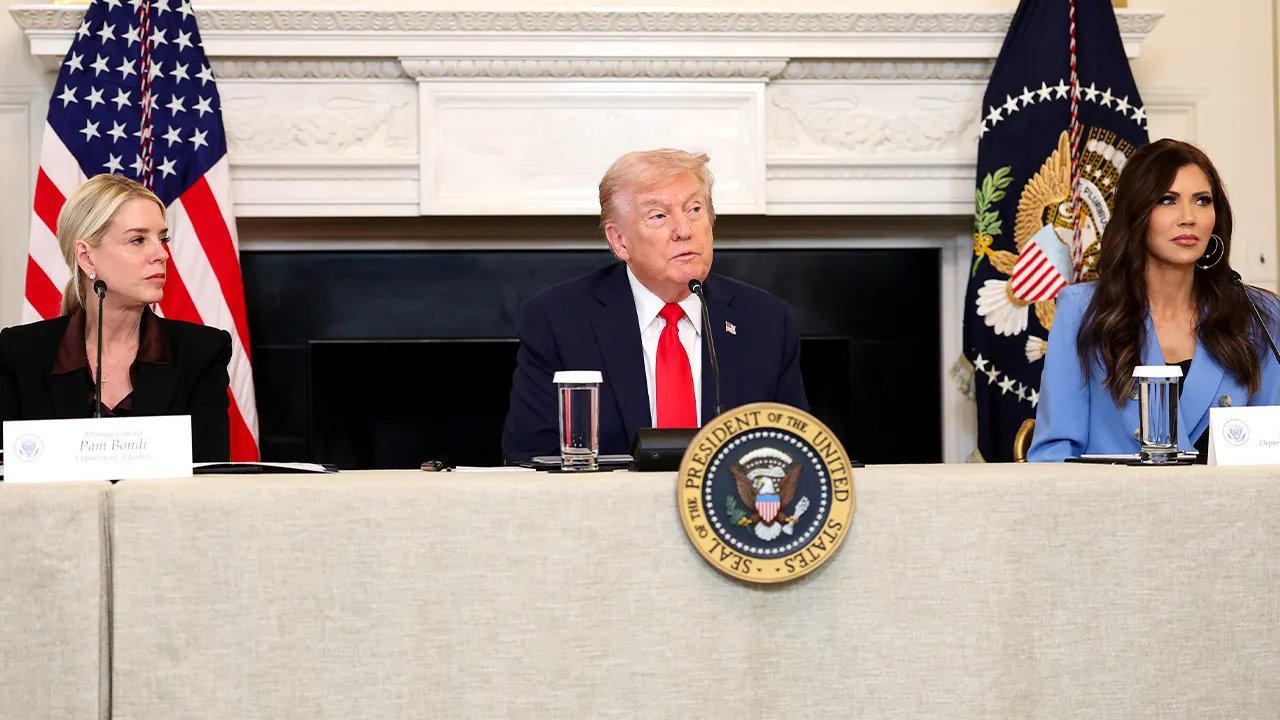
Mexican leaders want US help against cartels
Mexican Senator Lilly Téllez joins ‘Fox & Friends Weekend’ to discuss growing tensions between President Trump and Venezuelan leader Nicolás Maduro as the U.S. boosts its military presence in the region to target drug boats and cartels.
NEWYou can now listen to Fox News articles!
FIRST ON FOX: President Donald Trump will host a roundtable at the White House Thursday afternoon with law enforcement and administration officials to discuss the successes of the Homeland Security Task Forces, which the president established on his first day in office to snuff out threats from criminal cartels in the U.S.
«The President’s Homeland Security Task Forces are a landmark achievement that highlight what the federal government can achieve with a leader like President Trump who is willing to slash red tape, increase coordination and put the safety of the American people first,» White House spokeswoman Abigail Jackson told Fox News Digital of the event.
«In a short period of time, the Trump Administration has removed lethal drugs, illegal weapons, dangerous foreign terrorists and cartel members from American communities,» she added. «The American people are safer today because of the HSTFs — and they’re just getting started.»
Trump established the creation of Homeland Security Task Forces Jan. 20 — his first day back in office — via executive order, «Protecting the American People from Invasion.» The executive order directed Attorney General Pam Bondi and Secretary of Homeland Security Kristi Noem to establish such task forces in each state as part of the administration’s efforts to thwart cartels and human trafficking networks operating on U.S. soil.
WAR DEPARTMENT LAUNCHES NEW COUNTER-NARCOTICS TASK FORCE UNDER TRUMP DIRECTIVE TO CRUSH CARTELS
President Donald Trump is slated to hold a roundtable with administration officials to discuss updates on the Homeland Security Task Forces. ( Anna Moneymaker/Getty Images)
The executive order specifically directed the task forces to «end the presence of criminal cartels, foreign gangs, and transnational criminal organizations throughout the United States, dismantle cross-border human smuggling and trafficking networks, end the scourge of human smuggling and trafficking, with a particular focus on such offenses involving children, and ensure the use of all available law enforcement tools to faithfully execute the immigration laws of the United States.»
On Thursday, administration officials will join Trump to provide updates on the task forces’ efforts.
The roundtable will be joined by Deputy Chief of Staff and Homeland Security Advisor Stephen Miller, Noem, Bondi, Deputy Attorney General Todd Blanche, Secretary of War Pete Hegseth, FBI Director Kash Patel and Director of National Intelligence Tulsi Gabbard, Fox News Digital learned.
TRUMP SENDS MILITARY AFTER THE CARTELS AND IT’S LONG OVERDUE
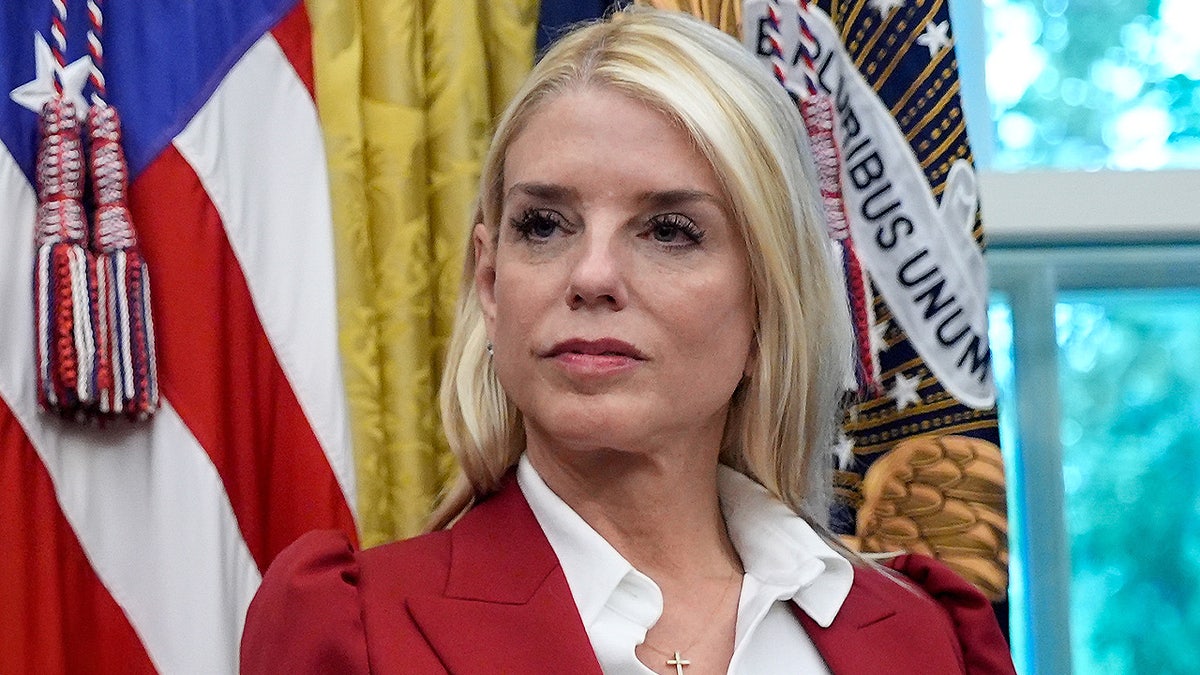
A January executive order directed Attorney General Pam Bondi, here, and Secretary of Homeland Security Kristi Noem to establish such task forces in each state as part of the administration’s efforts to thwart cartels and human trafficking networks operating on U.S. soil. (Yuri Gripas/Abaca/Bloomberg via Getty Images)
Fox News Digital learned that the task forces nationwide became fully operational at the end of August and have yielded thousands of arrests, and the removal of dangerous drugs and illegal firearms from U.S. streets.
BONDI SAYS HUMAN SMUGGLING IS ‘GETTING PEOPLE KILLED’ ACROSS US AS SHE ANNOUNCES CRACKDOWN
More than 3,000 foreign terrorists and cartel members were arrested as part of the task forces’ operations, including members of notoriously dangerous gangs such as the Sinaloa Cartel, MS-13 and Cartel Jalisco Nuevo Genaracion, Fox News Digital learned.
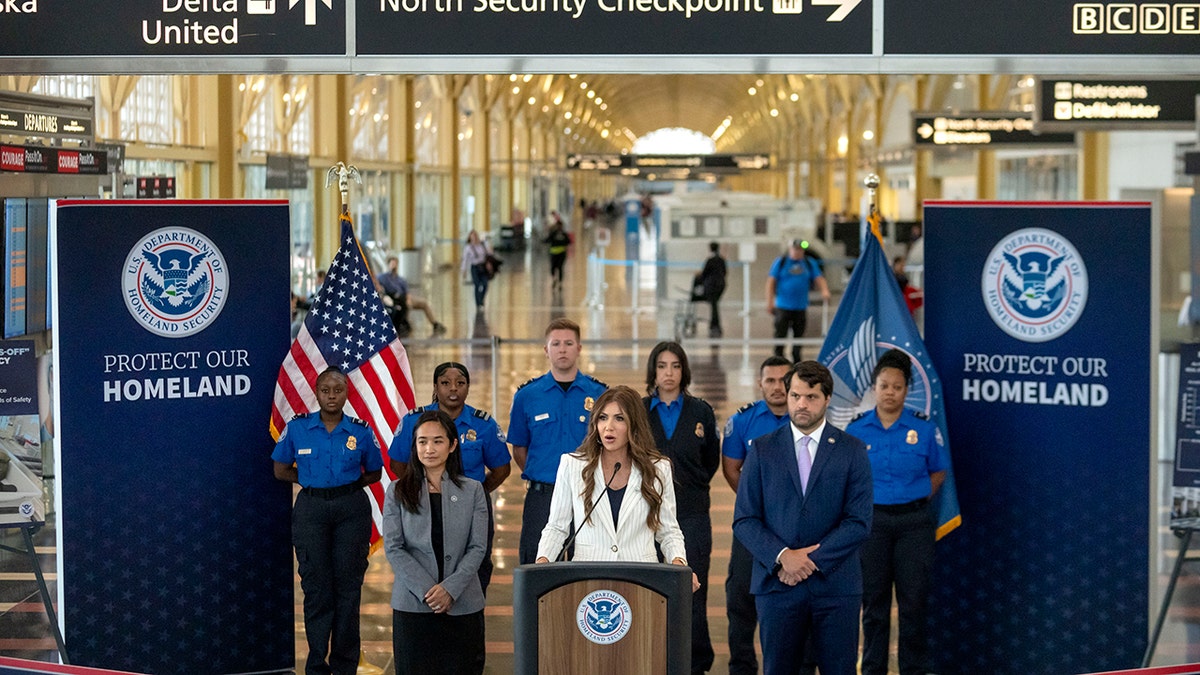
President Donald Trump will host a roundtable at the White House Oct. 23, 2025, with law enforcement and administration officials, like Homeland Security Secretary Kristi Noem. (Mark Schiefelbein/The Associated Press)
The task forces also have recovered two million fentanyl pills and seven tons of other deadly narcotics, seized $3 million in currency and removed more than 1,000 illegal guns from U.S. communities.
Trump campaigned, in part, on removing violent illegal immigrants and crime from U.S. communities, spotlighting the efforts in his address before Congress back in March 2025.
«The territory to the immediate south of our border is now dominated entirely by criminal cartels that murder, rape, torture and exercise total control. They have total control over a whole nation. posing a grave threat to our national security,» Trump said at the time. «The cartels are waging war in America, and it’s time for America to wage war on the cartels.»
The roundtable comes as the U.S. military carries out strikes on suspected drug cartel vessels in the Caribbean and eastern Pacific. The strikes began in September and are part of Trump’s broader effort to dismantle transnational cartels by force.
CLICK HERE TO GET THE FOX NEWS APP
Trump held a similar roundtable at the White House earlier in October, inviting independent journalists who have experienced Antifa’s violence firsthand to speak about their experiences as the administration targets the left-wing group’s protests outside immigration facilities and recently designating it a «domestic terrorist organization.»
donald trump,white house,border security,homeland security,immigration
INTERNACIONAL
Quiénes son los 13 rehenes muertos que Hamas todavía no entregó a Israel

 POLITICA3 días ago
POLITICA3 días agoDonald Trump habló sobre la ayuda económica de Estados Unidos: “La Argentina está peleando por su vida”

 DEPORTE20 horas ago
DEPORTE20 horas agoUniversidad de Chile vs. Lanús, por la Copa Sudamericana: día, horario y cómo verlo por TV

 CHIMENTOS3 días ago
CHIMENTOS3 días agoLa conductora y el periodista de C5N que festejaron el día de la madre anunciado su embarazo: «Mejor que dos son tres»

